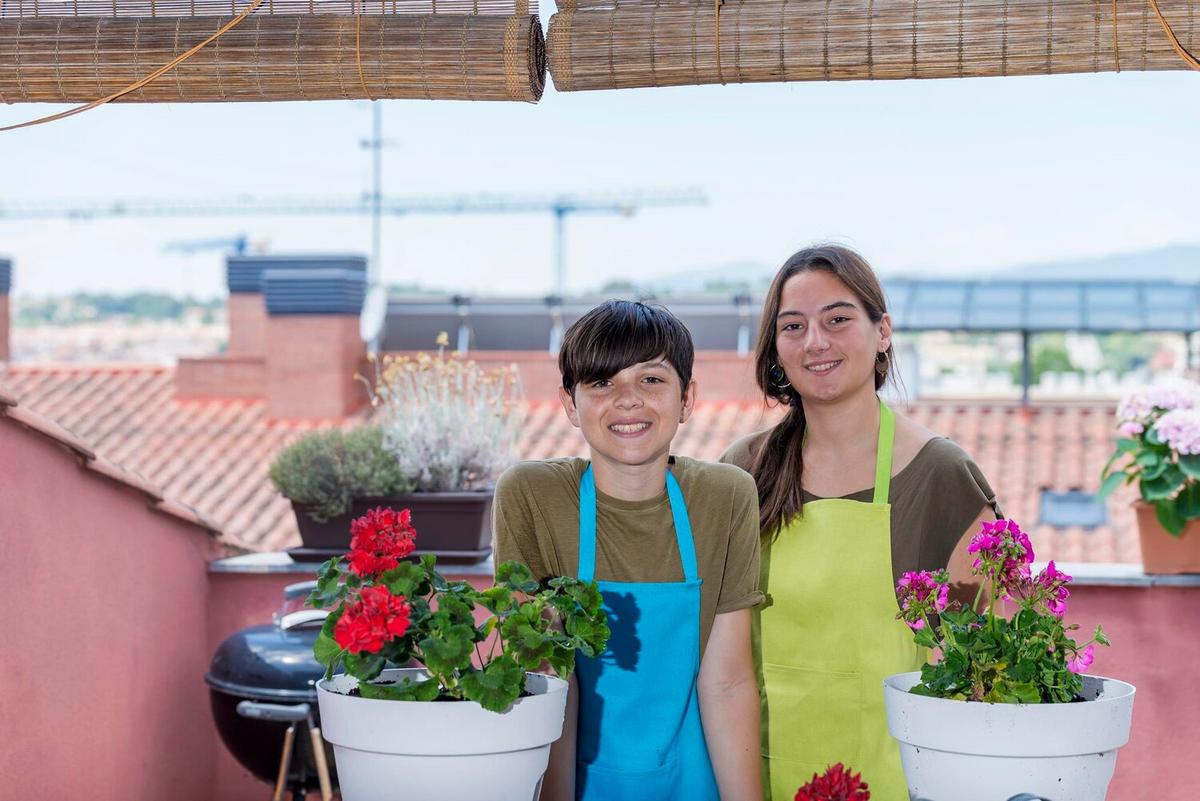
Urban Gardening: Growing Your Own Herbs and Vegetables
Urban gardening is transforming city landscapes, offering a green oasis amidst the concrete jungle and providing city dwellers with the opportunity to grow their own herbs and vegetables.
The Rise of Urban Gardening
Urban gardening has seen a significant uptick in popularity. As more people become conscious of where their food comes from, city residents are taking advantage of small spaces to cultivate their own green patches. According to a 2020 study by the American Community Gardening Association, the number of urban gardens has doubled in the past decade, underscoring a growing interest in sustainable living.
Understanding the Benefits
Growing your own herbs and vegetables not only provides fresh produce but also offers significant health and environmental benefits. A report from the Journal of Public Health highlights that urban gardening can reduce stress and promote physical activity. Plus, it contributes to biodiversity and reduces the urban heat island effect, making cities more livable.
Getting Started: Choosing the Right Plants
When starting your urban garden, it’s important to choose plants that thrive in limited space and varying conditions. Consider herbs like basil, mint, and parsley, which grow well in small pots. Vegetables like cherry tomatoes, lettuces, and radishes are also excellent choices for beginners.
| Herb/Vegetable | Ideal Container Size | Light Requirements |
|---|---|---|
| Basil | 6 inches | Full Sun |
| Mint | 8 inches | Partial Sun |
| Parsley | 6 inches | Partial Sun |
| Cherry Tomatoes | 12 inches | Full Sun |
| Lettuce | 6 inches | Partial Sun |
| Radishes | 6 inches | Full Sun |
| Spinach | 8 inches | Partial Sun |
| Carrots | 12 inches | Full Sun |
Personal Experience: Turning a Balcony Into a Garden
One urban gardener, Emily, transformed her small apartment balcony into a thriving vegetable garden. She started with basic containers and gradually expanded her setup using vertical gardening techniques, allowing her to grow a variety of plants in a limited space.
Expert Tips for a Successful Urban Garden
- Use quality potting soil to ensure your plants get the nutrients they need.
- Implement a regular watering schedule, keeping in mind that containers dry out faster than ground soil.
- Consider using self-watering pots to maintain consistent moisture levels.
Pro Tip
Resources for Urban Gardeners
There are numerous online resources and community groups dedicated to urban gardening. Websites like Gardener’s Supply Company offer a wealth of information on how to start and maintain a successful urban garden. Joining local gardening clubs can also provide support and advice from fellow enthusiasts.
FAQs
What are the easiest herbs to grow in an urban garden?
Basil, mint, and parsley are among the easiest herbs to grow in small spaces.
How much sunlight do urban gardens need?
Most herbs and vegetables need at least 6 hours of sunlight daily, but some can thrive with partial sun.
What are the benefits of urban gardening?
Urban gardening can improve mental health, promote physical activity, and contribute to environmental sustainability.
Conclusion
Urban gardening offers a rewarding way to connect with nature, even in a cityscape. By choosing the right plants, using available resources, and implementing expert tips, anyone can cultivate a flourishing garden, regardless of space. Begin your urban gardening journey today and enjoy the benefits of homegrown produce.


